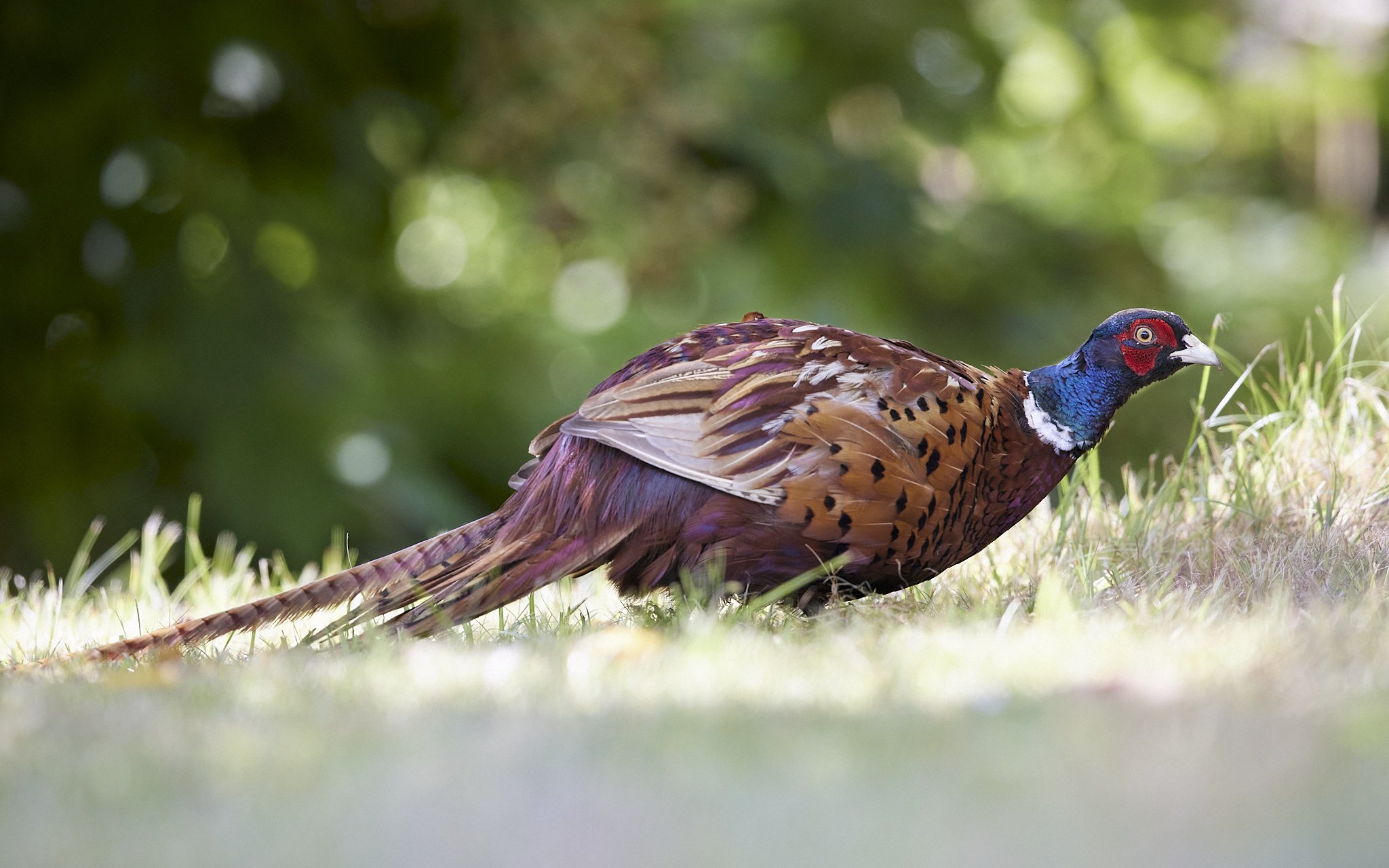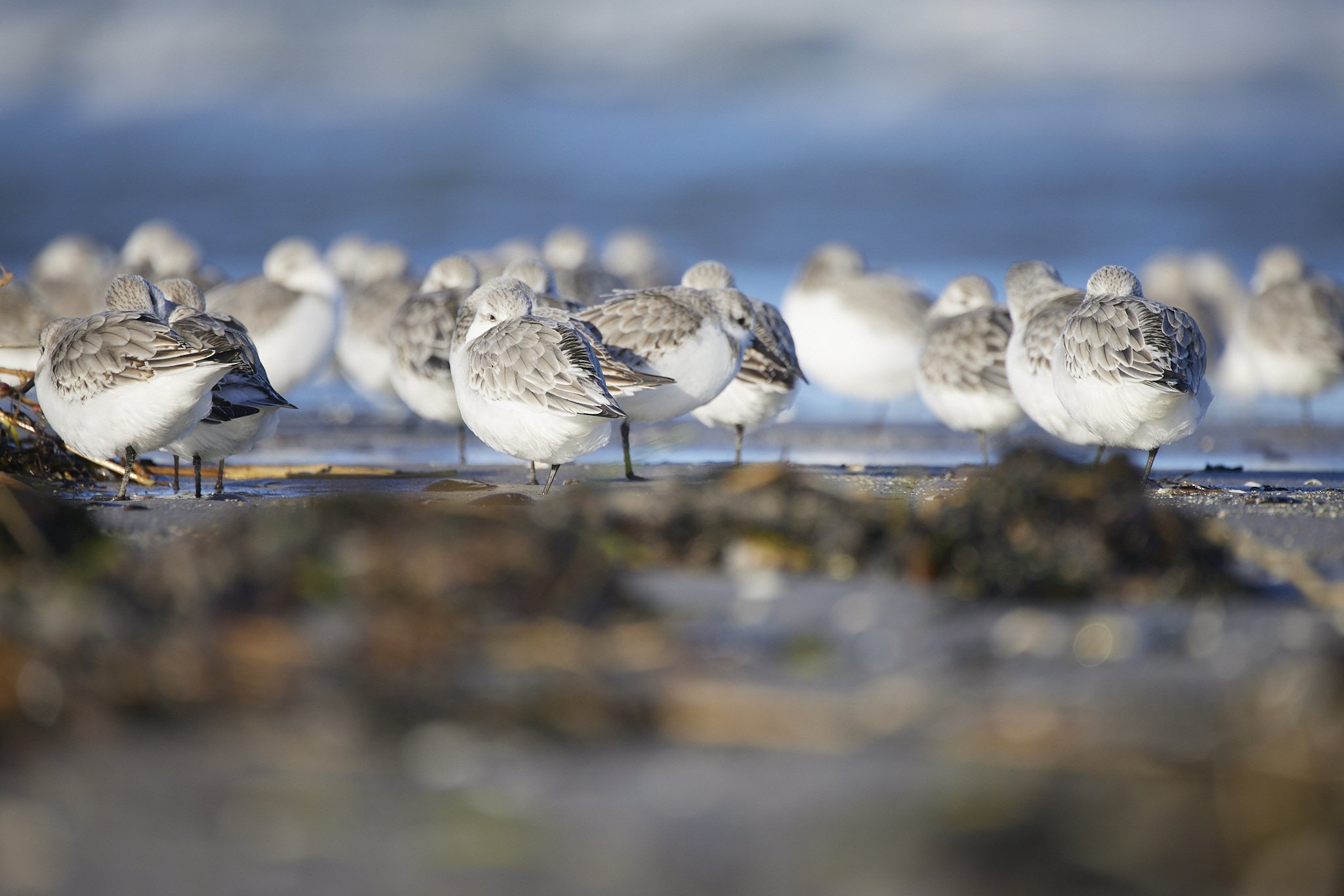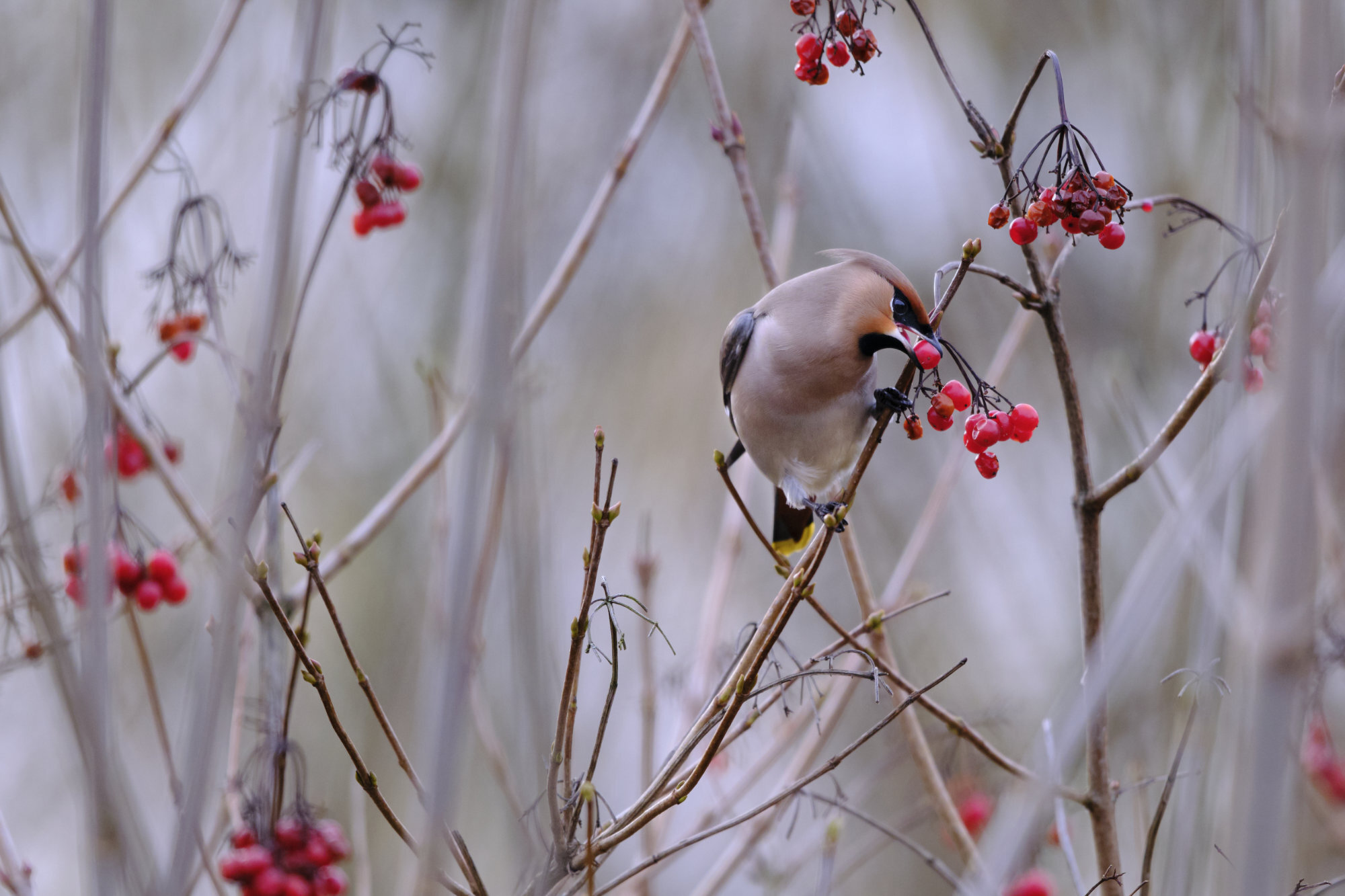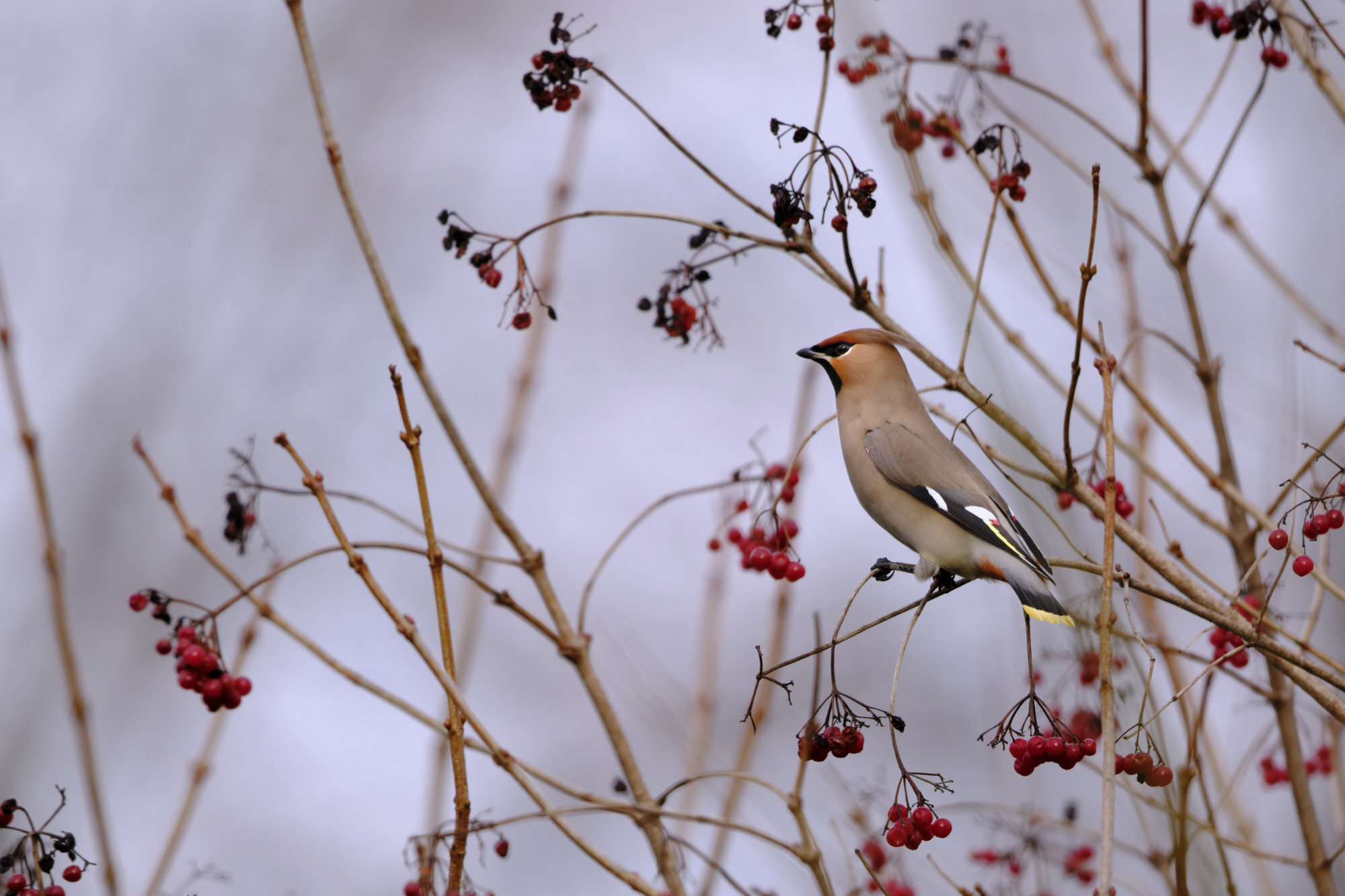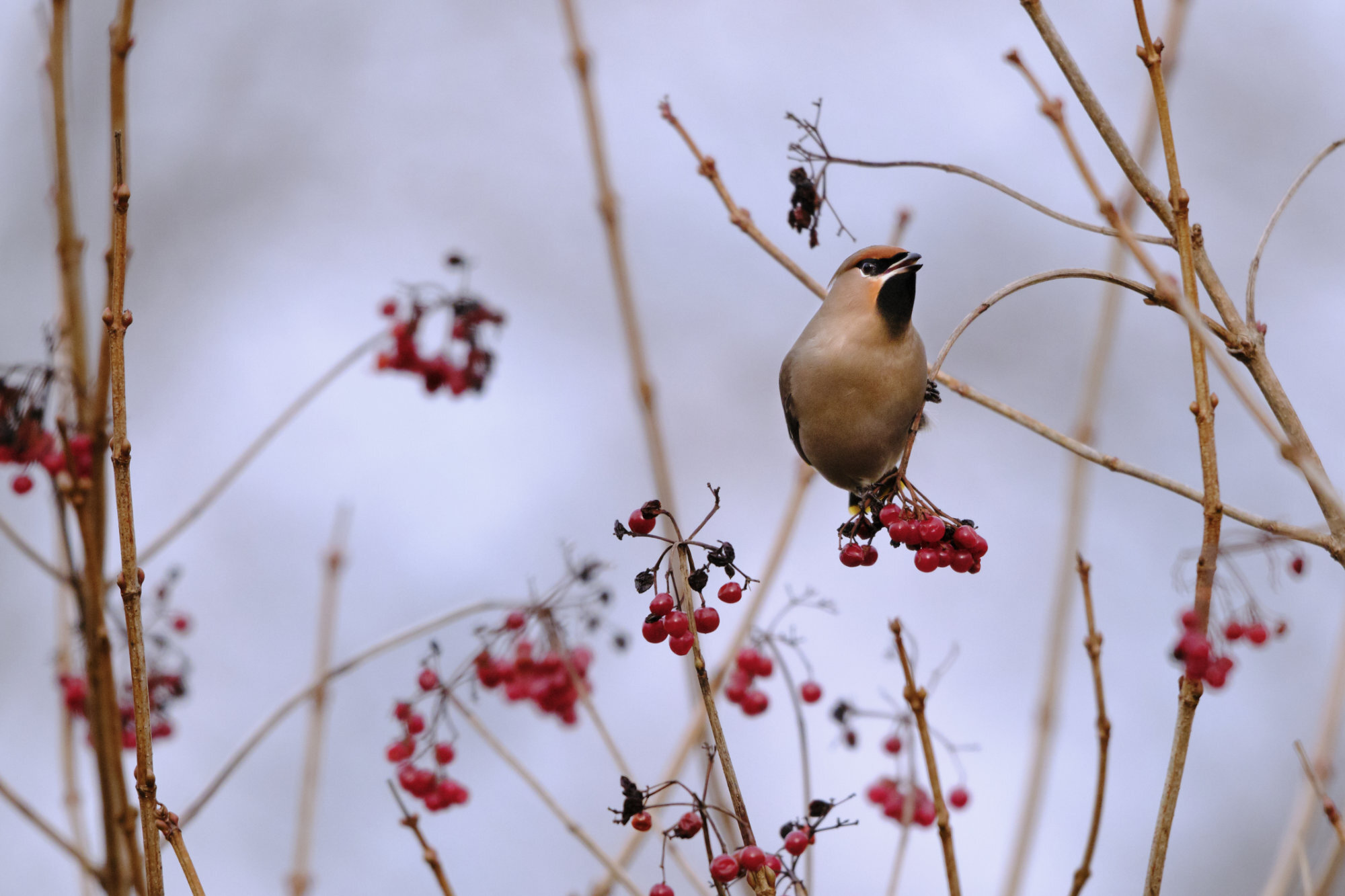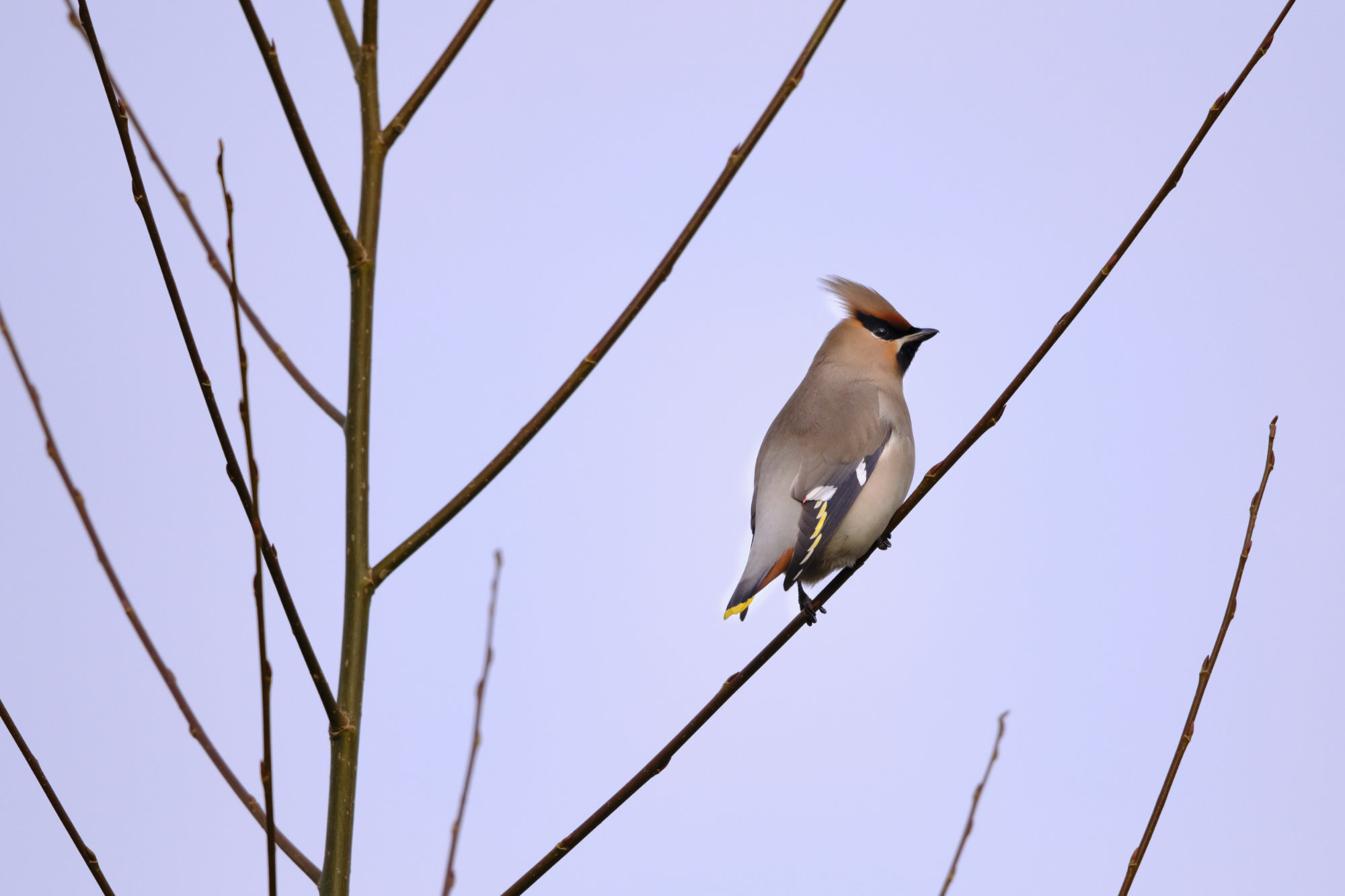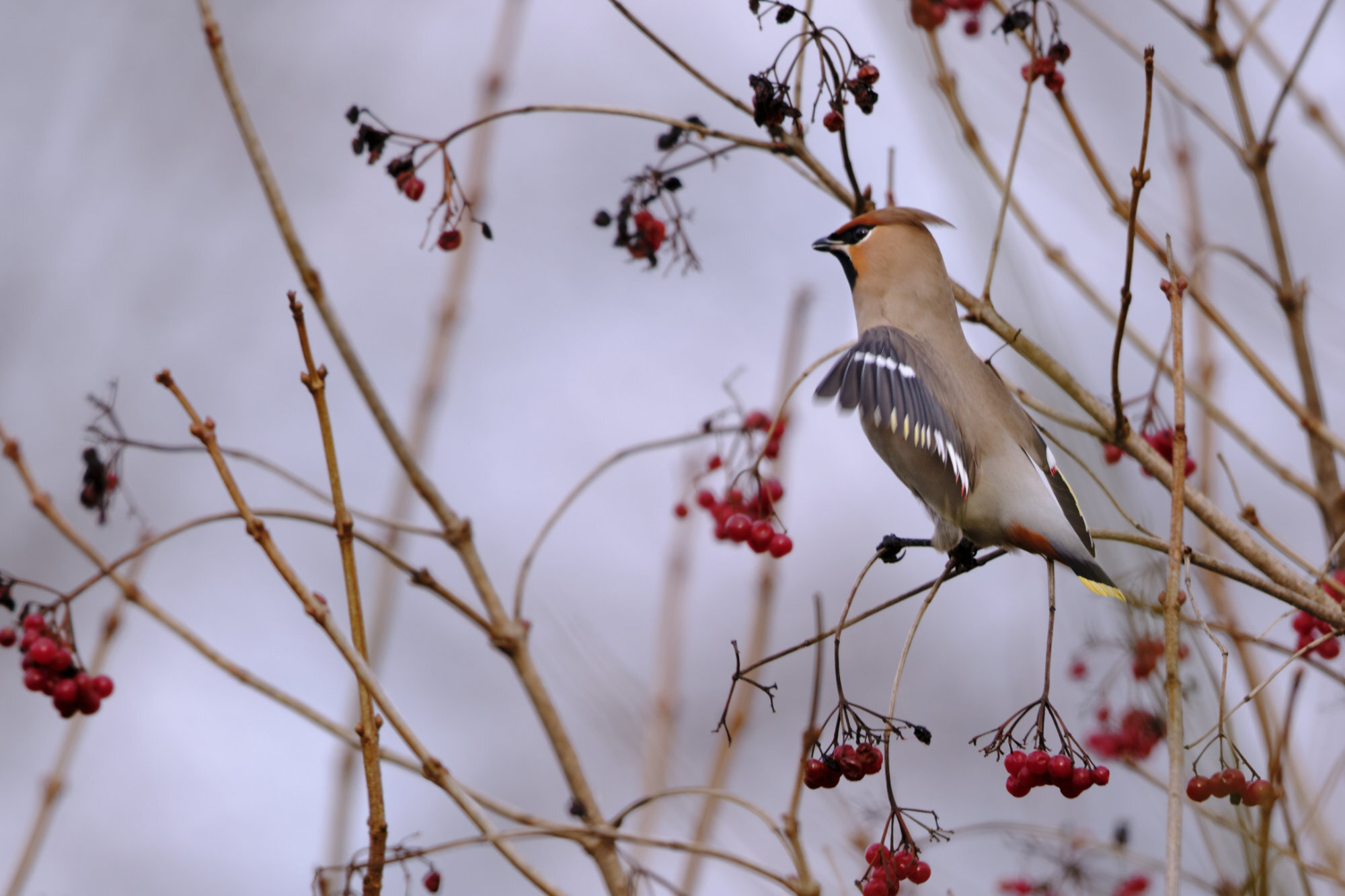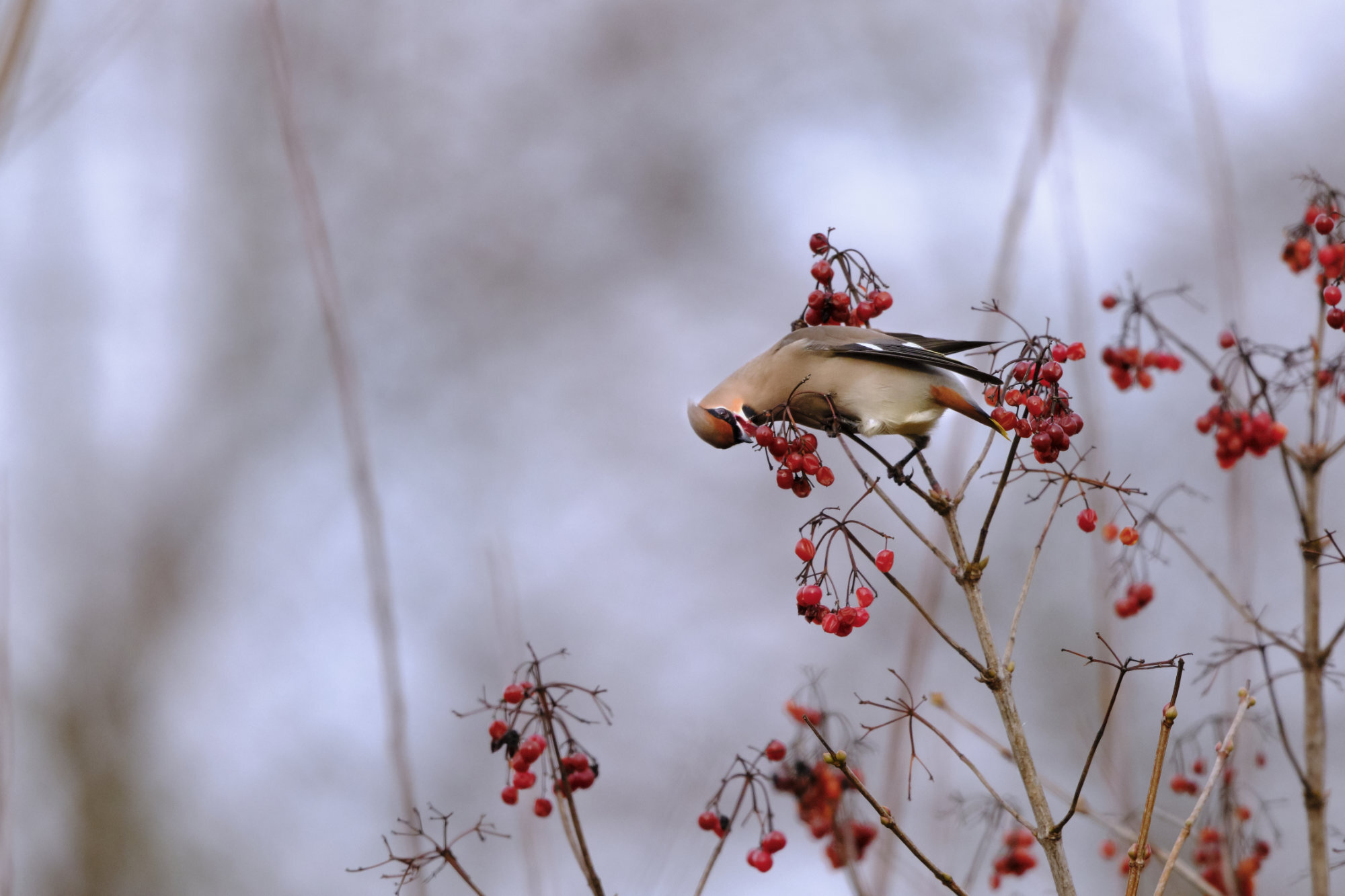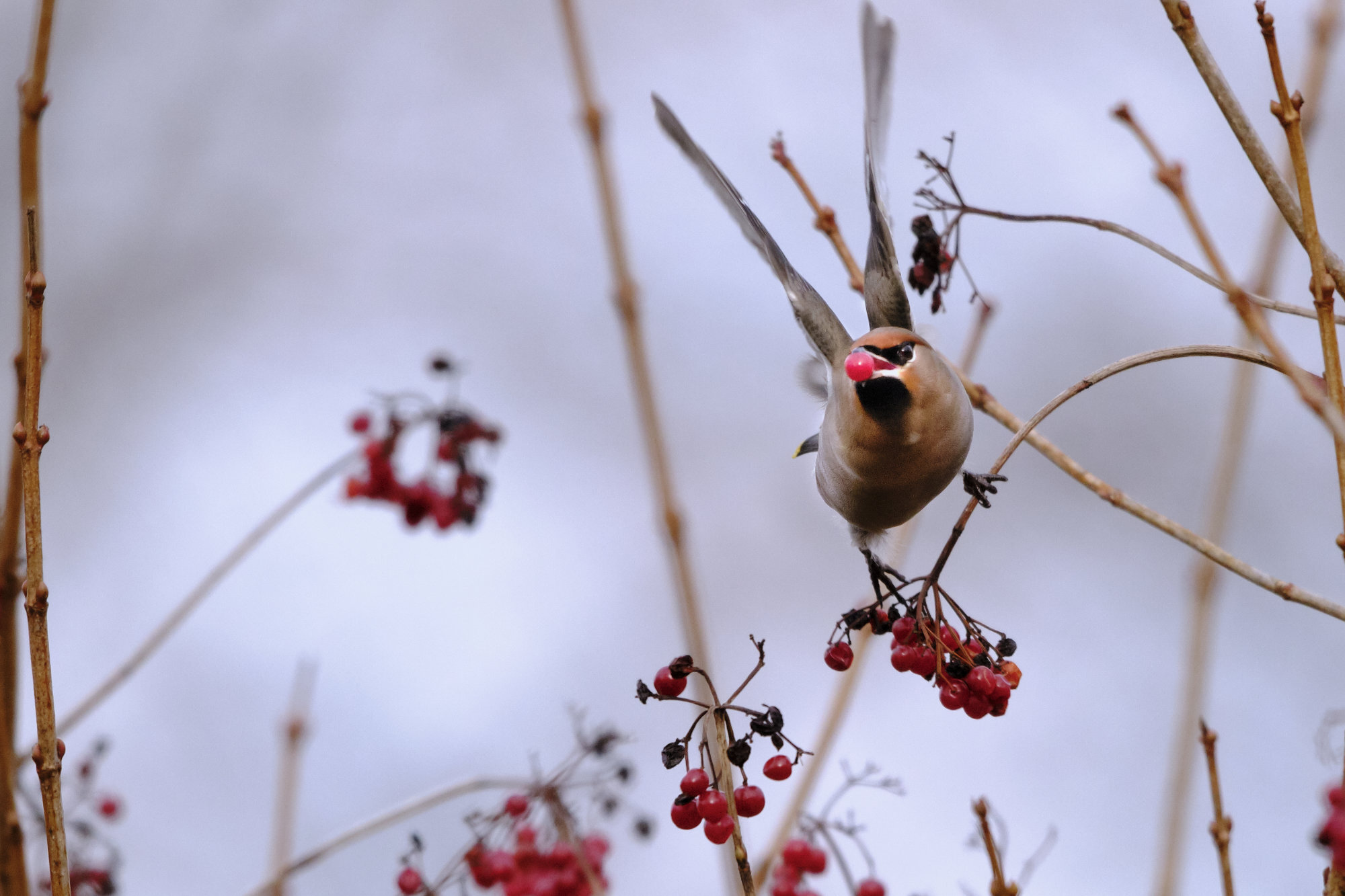In the northwestern corner of Germany lies the province of “North Frisia”. It has a coastline with the Northern Sea of over 400 kilometres and is famous for its “Warden Sea” and Schleswig-Holstein Warden Sea National Park, the largest in Germany. Together with the neighbouring Wadden Sea national parks it is over 8.000 km² large. Around two thirds of the area is permanently under water, while one third is periodically dry. The Wadden Sea is one of the most important resting habitats of arctic birds in Europe if not the world during the annual bird migration. The neighbouring salt marshes are a large and important breeding ground.
Land of the Wadden Sea
At the German coast, the North Sea has a tidal range of about three to four and a half metres. During low tide the water retracts and exposes mud flats of up to 40 kilometres width: The Wadden Sea. It is an enormously important habitat for nature and wildlife of all kinds. Hundreds of thousands of birds have their feast on marine worm, shellfish, crab and other. With high tide, when the water returns every twelve hours, all those birds are force inwards towards the shoreline and beyond into their rest places in the saltwater marshes and koog’s (a large type of polder) which makes for an unique observation and photography opportunity. And this is, why I recently went there with a group of local birdwatchers. To watch and marvel and photograph.
Birds, birds, birds
Mid-May the area is a birding paradise. Waders, terns, seabirds, gulls, songbirds, birds of prey. They were there in abundance. The sheer numbers of waders, and terns but also of White-tailed eagle and Harriers was simply astonishing. This and the high number of observation spots and hides made for some unique birding, some in really close proximity, such as a Black-tailed godwit (Limosa limosa) and lots of Northern lapwings (Vanellus vanellus) right next to the street. The smaller waders such as Dunlins (Calidris alpina) and Red knots (Calidris canutus) proved a lot harder to photograph, but still beautiful to watch. Bearded reedlings (Panurus biarmicus) were feeding their young in the reeds. Warblers and skylarks were singing everywhere.
Waders, waders, waders …
From left to right:
Black-tailed godwit (Limosa limosa): A large, long-long-legged, long-billed shorebird which is actually breeding in the Northern Frisia region.
Grey plover (Pluvialis squatarola): A circum-polar arctic breeder with a striking breeding plumage of black, white and golden speckles.
Bar-tailed godwit (Limosa lapponica): This species holds the record for the longest non-stop flight for any birds. In August 2007, a female specimen departed on an eight-day non-stop flight from western Alaska to New Zealand: 11,680 km (7,258 mi). This female then continued a 174 day round-trip journey of 29,280 km (18,194 mi) within 20 days of flying.
A flock of Dunlins (Calidris alpina): One of the most common species of waders in Europe. Flying in large and spectacular formations.
Northern lapwings (Vanellus vanellus) do have an unmistakable flight-call. Its sound (“Ki-Witt”) lead to its German name (Kiebitz). They perform spectacular courting flights.
Terns, terns, terns
One beautiful evening, our little group was watching the high-tide resting place in a local “Koog” behind the dyke, when a member of the group pointed to a group of hunting terns (both Artic Terns; Sterna paradisaea and Common Terns; Sterna hirundo respectively) right at the far side of the levee. The scenerey was astonishing. Back-lit, with the sun causing millions of beautiful reflections in the sea. Terns are famous as blazing-fast flyers and to see them hunting so close was really impressive. I shot a lot of frames and luckily captured one or two moments when the terns caught some prey.
The best of the rest: Reedling, Warbler, Hare, and so much more!
But this was far from it. There were animals literally everywhere. Bearded reedlings (Panurus biarmicus) feeding its young. A Sedge warbler (Acrocephalus schoenobaenus) displaying right in front of me. Grey partridges (Perdix perdix) in the evening. So many sheep. A White-tailed eagle (Haliaeetus albicilla) on a fence (“Lahnung”). And a European hare (Lepus europaeus) crossing a sandbank at full speed.
Rarities
During our five-day trip we even beheld some absolute rarities, such as Gull-billed tern (Sterna nilotica), Red-necked phalarope (Phalaropus lobatus), Eurasian dotterel (Eudromias morinellus), Green-winged teal (Anas carolinensis) and Ruddy duck (Oxyura jamaicensis). Of course birding is not all about rarities, but it still is nice to see them.
Great crested grebe's courting.
A Red-necked phalarope searching for food by rotating around its own.
Northern lights
While at the North Sea, we were not only graced by bird rarities, but also by a very special solar phenomenon. Northern Germany was hit by a heavy solar storm which caused us to see Northern lights (Aurora borealis), which is extremely scarce as far south. Although the photographic sensor (in this case a quite crappy smartphone) enhanced the colours quite a bit, it was beautiful and visible to the bare eye, too.
The grand finale
For the grand finale, please enjoy all images in one large gallery. Please navigate with the left and right buttons.
Trip list
The whole trip made up for 122 species of birds. You find the whole list below (German only). A big thankyou to Christian Dienemann for keeping both track and account!


































































